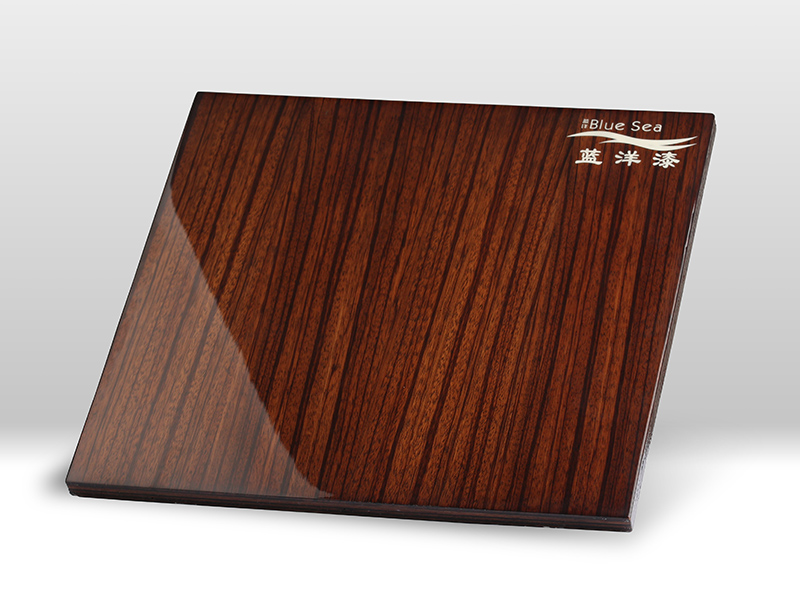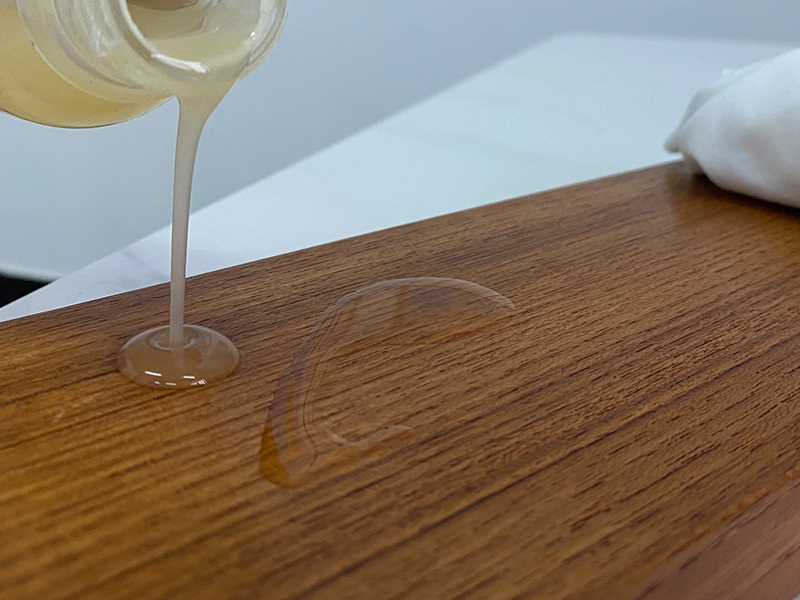1. Question: What is water-based wood paint?
Answer: Waterborne wood paint is a type of paint that uses water as a diluent, does not contain organic solvents, is non flammable and non explosive, and uses water instead of solvent based coating components to brush or spray on the surface of wood products, playing a role in protecting and decorating wood.
2. Question: What are the characteristics of water-based wood lacquer furniture?
Answer: Water based wood paint is environmentally friendly, non-toxic, and does not contain harmful substances such as formaldehyde, xylene, free TDI, VOC, etc. The paint film has or is close to the general characteristics and surface effect of volumetric paint.
3. Question: What are the toxic properties of solvent based coatings (paints)? What are the hazards to the human body?
Answer: Generally, solvent based paints inevitably require a large amount of diluents during the construction process. Diluents contain harmful substances such as benzene, formaldehyde, xylene, and their derivatives, which can accumulate in the human body and cause respiratory and liver diseases, as well as leukemia. Free TDI (toluene diisocyanate) in curing agents can cause respiratory and reproductive system diseases. Even long-term low-dose exposure to these harmful substances can lead to the occurrence of various cases such as leukemia, male and female infertility, cancer, and even death.
4. Question: Why does water-based wood paint not smoke yellow white wall latex paint during the construction process?
Answer: During the construction process of solvent based polyester paint, the volatile free TDI monomers react with certain chemical substances in latex paint, producing colored substances that can cause the latex paint to turn yellow. However, water-based wood paint only evaporates water without free TDI, so it will not cause the latex paint to turn yellow.
5. Question: Why can't the construction temperature be lower than 5?
Answer: The film-forming and drying of water-based wood paint requires the evaporation of water. If the temperature is below 5 degrees Celsius, the evaporation of water will be too slow, causing the paint film to not dry and turn white. If the temperature is below 0 degrees Celsius, the paint film may also freeze and crack.
6. Question: Can water-based wood paint be waxed?
Answer: Waxing is possible, but due to the close relationship between the dryness of water-based wood paint and temperature and humidity, it is recommended to wait for 24 hours after construction before waxing.
7. Question: Can the paint film of water-based wood paint be coated with water film?
Answer: You can use a water mill. The paint film of water-based wood paint can be sanded with sandpaper or water sanded, but attention should be paid to the dryness of the paint film during polishing. If the paint film is not completely dry, it is easy to knock off the entire layer of paint film or turn white.
8. Question: How long should the stickers be protected after the application of water-based wood paint?
Answer: The protection of stickers mainly depends on the degree of dryness of the paint film. Generally, stickers can be protected after 12 hours of surface drying. However, when tearing off stickers, special attention should be paid to whether the paint film is completely dry. If the paint film is not fully dried, it is easy to tear off the entire piece. The correct method is to use a blade to scratch the edge of the sticker before tearing off the sticker.





















